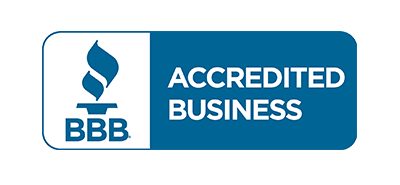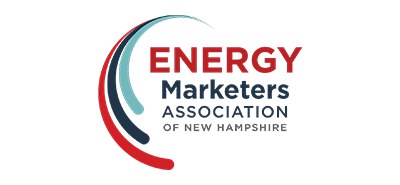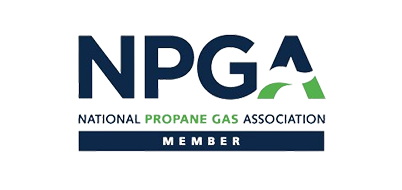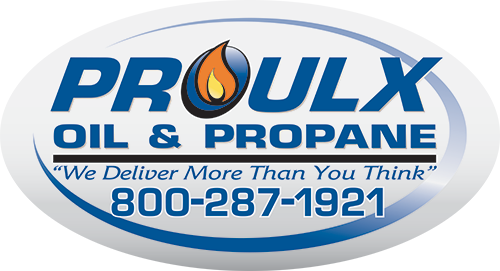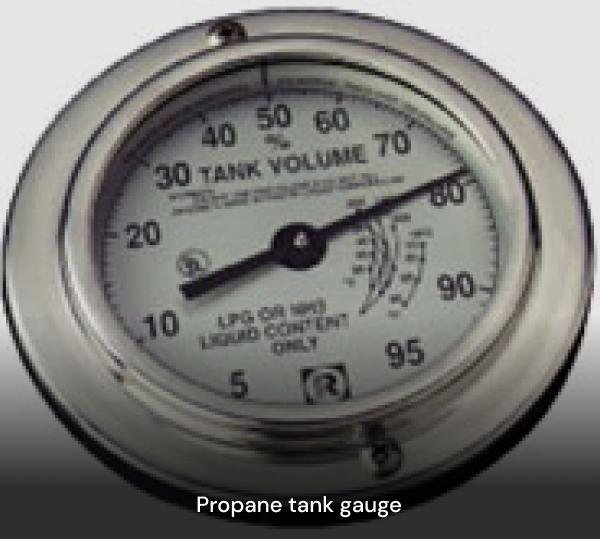Propane Tank FAQ’s
Proulx Owned Tank

Maintained by Proulx and all costs for maintenance & repairs are covered including piping, fittings & regulator.

Regularly tested, certified, and kept within compliance.

The tank is free to use as long as the homeowner buys a minimum amount of propane each year, based on the tank size. If not, a Tank Rental Fee will be incurred.

When moving, the propane service gets passed onto the new homeowner.

Underground tanks use an Anode Bag which protects the tank from deteriorating. These must be checked, replaced as needed and documentation of the test kept on file.

Propane must be purchased from Proulx, another propane supplier cannot deliver to another supplier’s tank.
Customer Owned Tank

The owner is responsible for the purchase price of a propane tank and all required piping from the tank to the house, all regulators, fittings, and other installation-related parts.

Must be regularly tested and kept in compliance.

The purchase price of a tank is based on current market conditions and is paid up front.

There are limited warranties on tanks that should be read and understood before purchasing.

Customers can purchase propane from whichever propane company they choose.

The propane tank can be included as part of your home’s sale if you move.
Known as the 80% fill rule, it’s a preventative safety measure against the propane expansion fluctuations inside the tank. Propane can increase in volume almost 17 times over water at the same temperature increase. Filling the propane container to only 80% capacity allows for this expansion.
Tank Type, Size, and Capacity
There are two types of tanks, above ground and underground, each with varying sizes.
Both above ground and underground tanks are built to last harsh winters, muggy summers, and extreme natural elements. Underground tanks have the additional advantages of being discrete and painted with a special coating that prevents corrosion, lasting for years.
Both above ground and underground tanks come in assorted sizes and capacities. It’s important to understand that the total cylinder capacity does not mean the tank holds that number of gallons of propane. No matter what size the tank is, all propane tanks are designed to safely store 80% of the total gallons of that tank’s capacity.
Propane Tank Sizes and Dimensions
57-gallon tanks are used for limited applications such as fueling ovens, ranges, and clothes dryers.
120-gallon tanks are commonly used for smaller demand applications, serve a single or small number of appliances, and have more flexible distance requirements than larger tanks.
250-gallon cylinders(2-120 gallon tanks) are popular for mid-size BTU demands, are capable of whole house and structure heating use depending on the square footage and the number of occupants and are available for above ground use.
500-gallon tanks can fuel multiple needs, provide whole house heating for larger structures depending on square footage and the number of occupants, cooking, generator, and come in above ground or under ground types. These tanks are subject to distance requirements.
1000-gallon tanks are the largest size available, can fuel large homes, and are also used for commercial applications. These tanks are subject to distance requirements.
Affiliations
